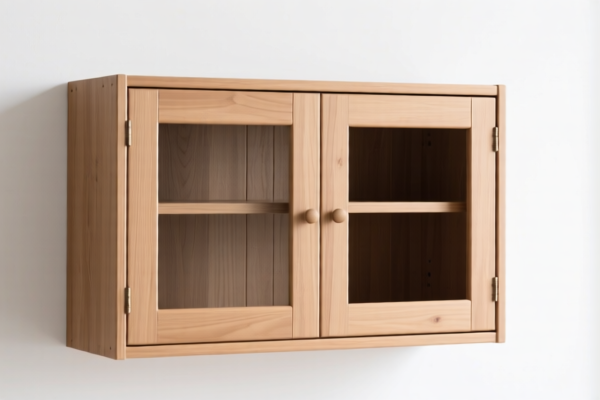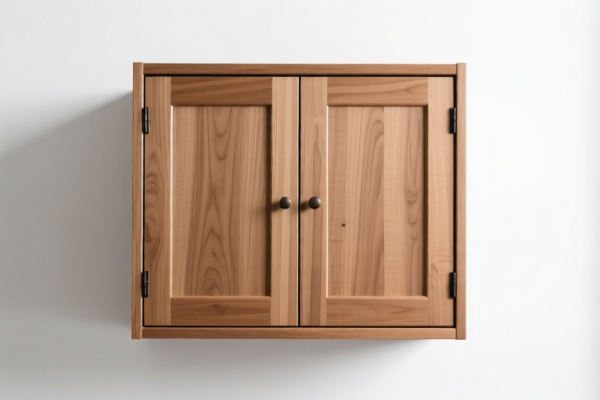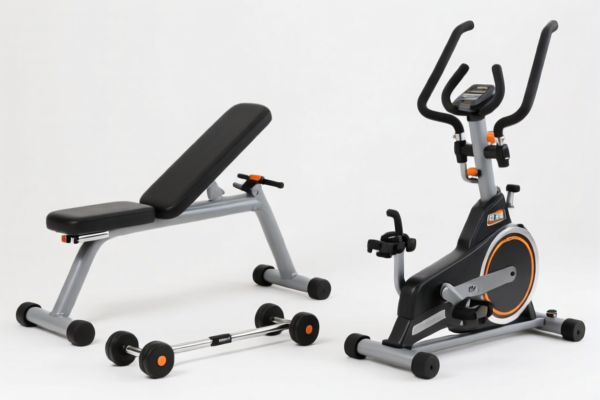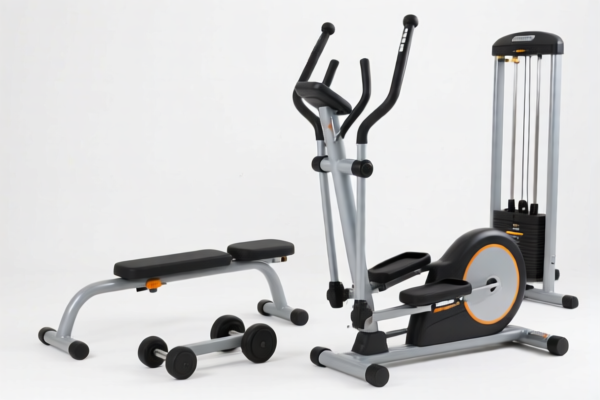| HS Code | Official Doc | Tariff Rate | Origin | Destination | Effective Date |
|---|---|---|---|---|---|
| 8487900080 | Doc | 83.9% | CN | US | 2025-05-12 |
| 8487900040 | Doc | 58.9% | CN | US | 2025-05-12 |
| 7320905020 | Doc | 82.9% | CN | US | 2025-05-12 |
| 7320905010 | Doc | 82.9% | CN | US | 2025-05-12 |
| 7317005560 | Doc | 80.0% | CN | US | 2025-05-12 |
| 7317006560 | Doc | 80.0% | CN | US | 2025-05-12 |
| 8305906000 | Doc | 43.2% | CN | US | 2025-05-12 |
| 7415210000 | Doc | 58.0% | CN | US | 2025-05-12 |
| 7415390000 | Doc | 58.0% | CN | US | 2025-05-12 |
| 8306100000 | Doc | 35.8% | CN | US | 2025-05-12 |
| 8306100000 | Doc | 35.8% | CN | US | 2025-05-12 |
| 8304000000 | Doc | 33.9% | CN | US | 2025-05-12 |
| 9404409036 | Doc | 42.8% | CN | US | 2025-05-12 |




Cabinet Spring
A cabinet spring is a type of torsion spring commonly used to support and assist the lifting mechanism of cabinet doors. They provide controlled resistance, allowing for smooth opening and closing, and often feature a damping mechanism to prevent slamming.
Material
Cabinet springs are typically manufactured from high-carbon spring steel. This material offers high elasticity, strength, and resistance to fatigue, crucial for repeated use. Variations include:
- Music Wire: Offers excellent resilience and is often used in higher-quality springs.
- Oil-Tempered Wire: Provides good strength and corrosion resistance.
- Stainless Steel: Used in applications requiring corrosion resistance, such as damp environments or outdoor cabinets.
Purpose
The primary purpose of a cabinet spring is to counterbalance the weight of a cabinet door, making it easier to open and close. They also serve to:
- Control Door Movement: Prevent rapid or uncontrolled closing.
- Soft-Close Functionality: Many cabinet springs incorporate damping mechanisms for a gentle, silent closing action.
- Extend Door Lifespan: Reduce stress on hinges and cabinet structure.
Function
Cabinet springs operate on the principle of torsion. When the door is closed, the spring is wound, storing potential energy. As the door is opened, the spring unwinds, providing a counterbalancing force. The damping mechanism, if present, utilizes oil or another viscous fluid to resist the spring's motion, slowing it down.
Usage Scenarios
Common applications include:
- Kitchen Cabinets: Upper and lower cabinets.
- Bathroom Vanities: Providing smooth operation for frequently used doors.
- Wardrobes/Closets: Supporting heavier doors.
- Display Cabinets: Allowing for controlled viewing access.
Common Types
- Full Overlay Springs: Designed for doors that completely cover the cabinet frame.
- Partial Overlay Springs: Used for doors that partially cover the frame, leaving a portion of the frame visible.
- Soft-Close Springs: Incorporate a damping mechanism for quiet operation. These often have adjustable damping settings.
- Center-Close Springs: Designed for doors that close towards the center of the cabinet.
- Side-Mount Springs: Attached to the side of the cabinet frame.
- Concealed Springs: Integrated within the hinge mechanism for a cleaner aesthetic.
- Adjustable Springs: Allow for fine-tuning of the counterbalance force to accommodate varying door weights.
Based on the provided information, “cabinet spring” can be classified under the following HS codes:
- 7320.90.50.20: Springs and leaves for springs, of iron or steel: Other: Other Of wire: Other. This HS code covers springs and leaves for springs made of iron or steel, specifically those not further specified, of wire construction, and other types.
- 7320.90.50.10: Springs and leaves for springs, of iron or steel: Other: Other Of wire: Suitable for use in mattress supports and mattresses of heading 9404. This HS code specifically identifies springs and leaves for springs made of iron or steel, of wire construction, designed for use in mattress supports and mattresses (heading 9404).
- 8304.00.00.00: Desk-top filing or card-index cabinets, paper trays, paper rests, pen trays, office-stamp stands and similar office or desk equipment and parts thereof, of base metal, other than office furniture of heading 9403. This HS code covers desk-top filing or card-index cabinets and similar office equipment, including parts, made of base metal. If the spring is a part of such a cabinet, this code may be applicable.
Explanation of HS Code Structure (based on provided reference material):
The HS code is a six-digit code organized as follows:
- Chapter (First two digits): Indicates the broad category of goods. For example, Chapter 73 covers articles of iron or steel, while Chapter 83 covers base metal articles.
- Heading (Next two digits): Further specifies the type of goods within the chapter. For example, heading 7320 covers springs and leaves for springs.
- Subheading (Last two digits): Provides a more detailed classification within the heading. For example, subheading 7320.90.50.20 specifies springs and leaves for springs of iron or steel, of wire construction, and other types.
Important Note:
Regarding HS code 7320.90.50.10, please note that this code is specifically for springs used in mattress supports and mattresses of heading 9404. If the spring is not intended for this application, another code may be more appropriate.
Regarding HS code 8304.00.00.00, if the spring is a part of a desk-top filing or card-index cabinet, this code may be applicable. However, if the spring is being imported as a separate component, another code may be more appropriate.
Customer Reviews
No reviews yet.